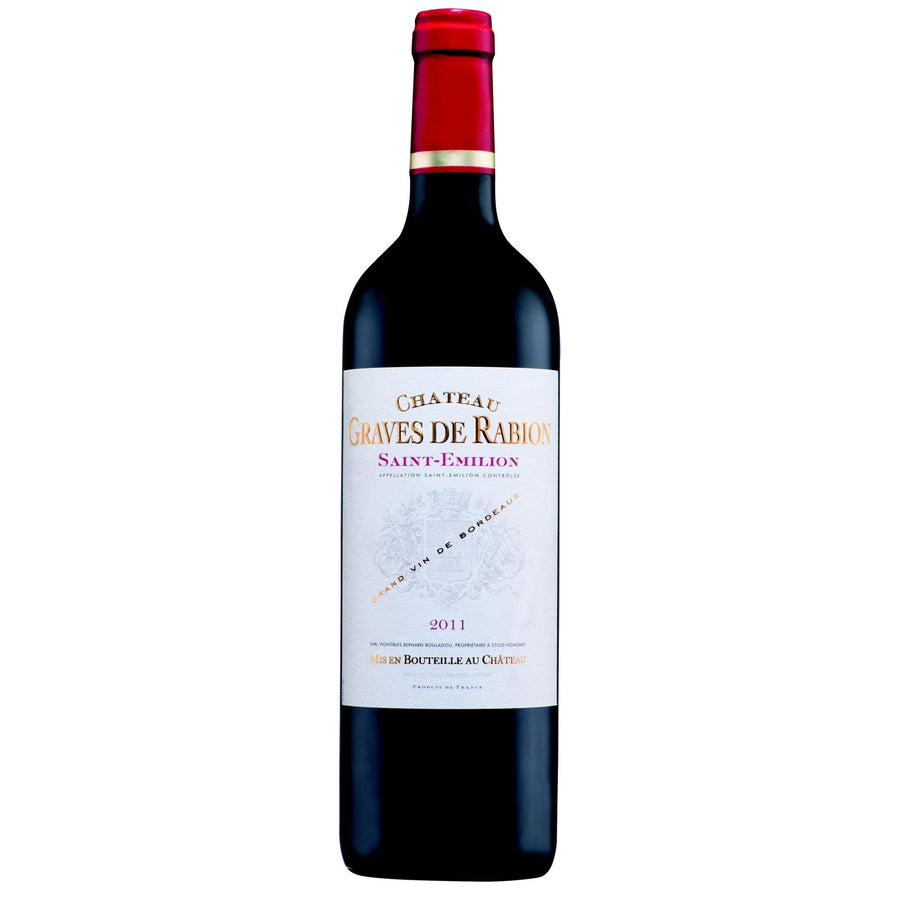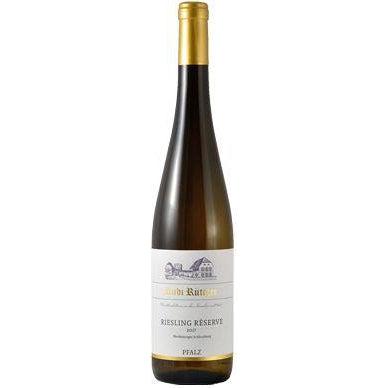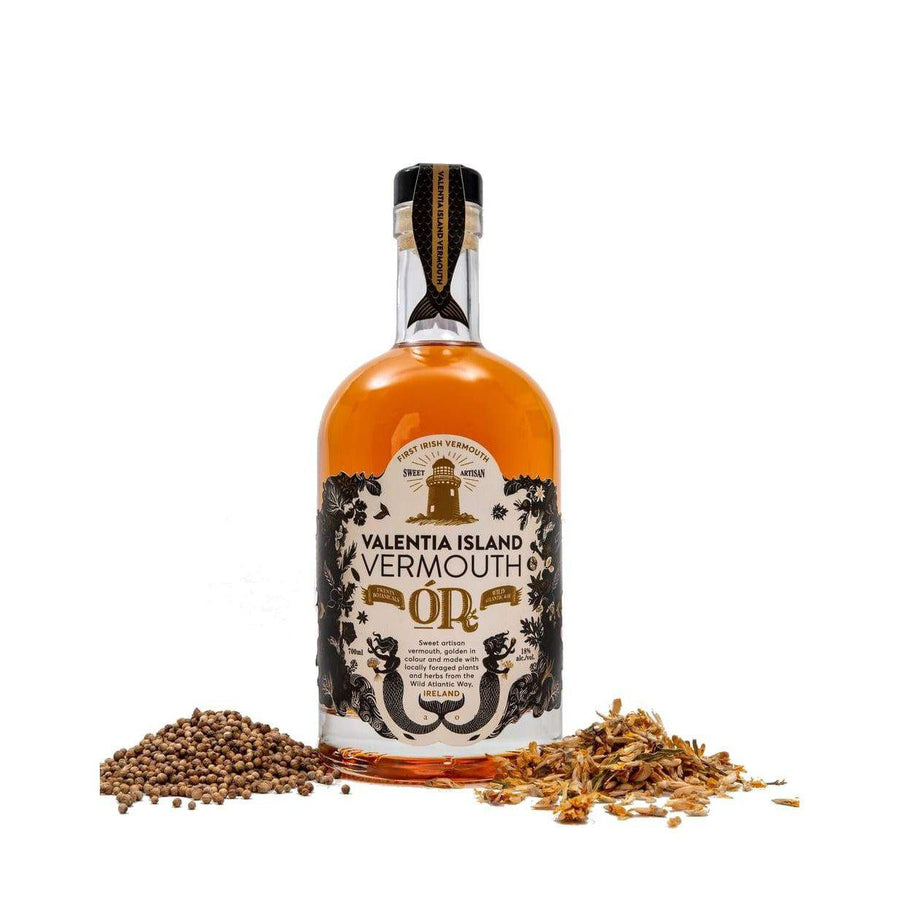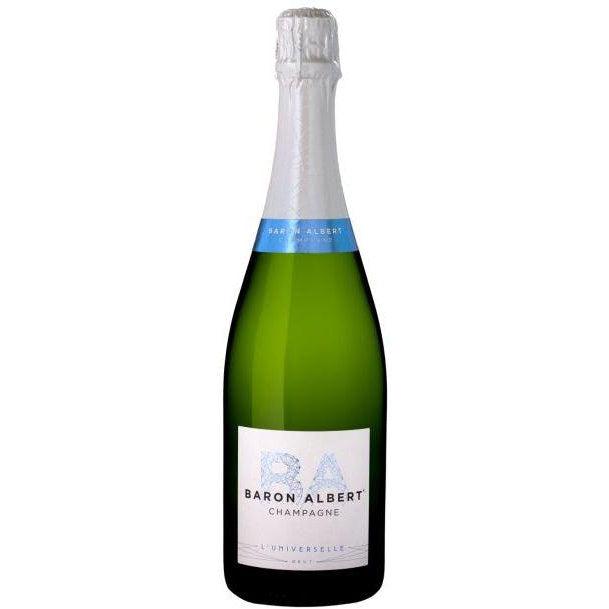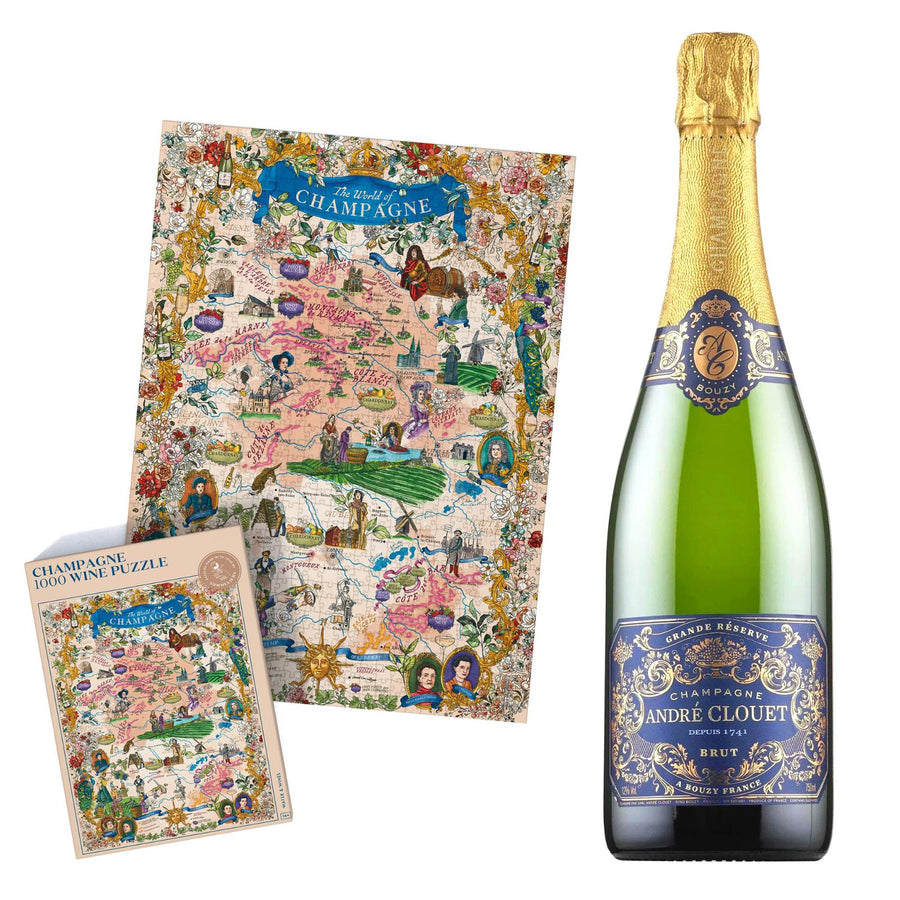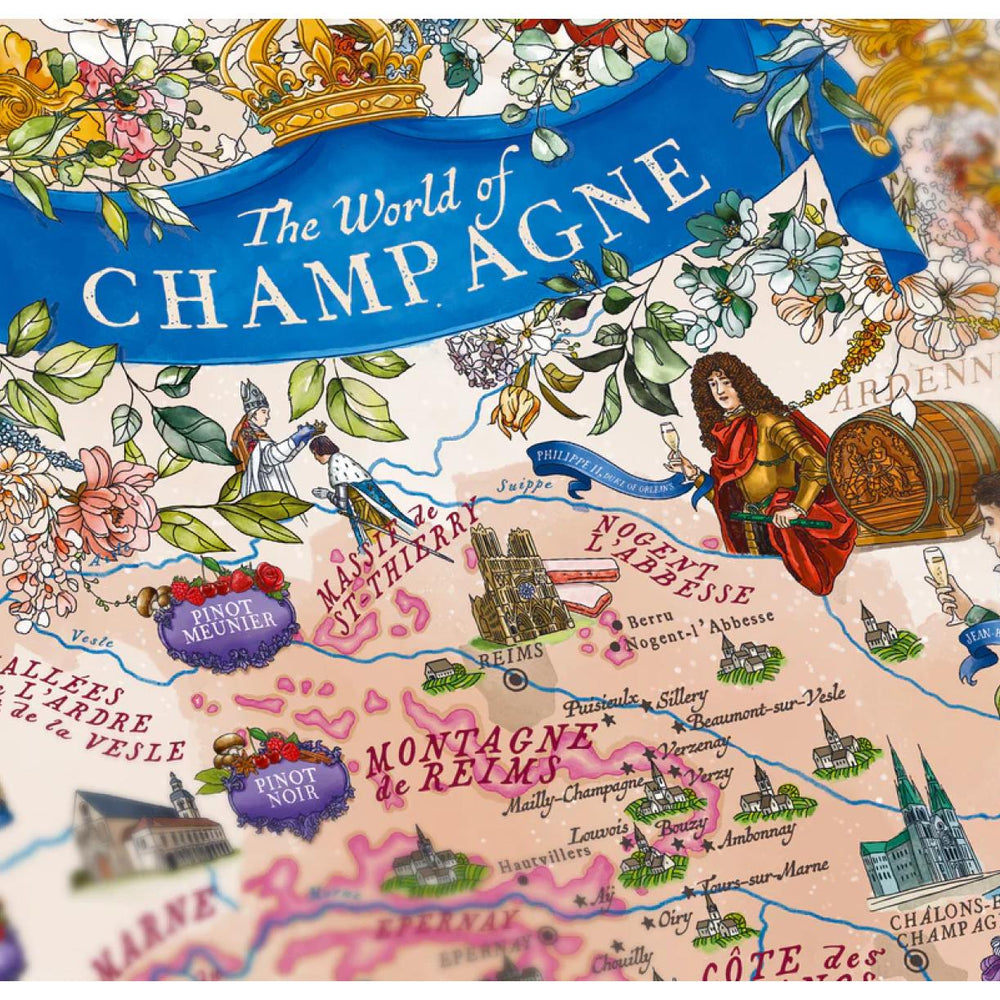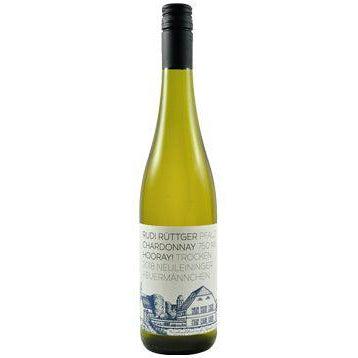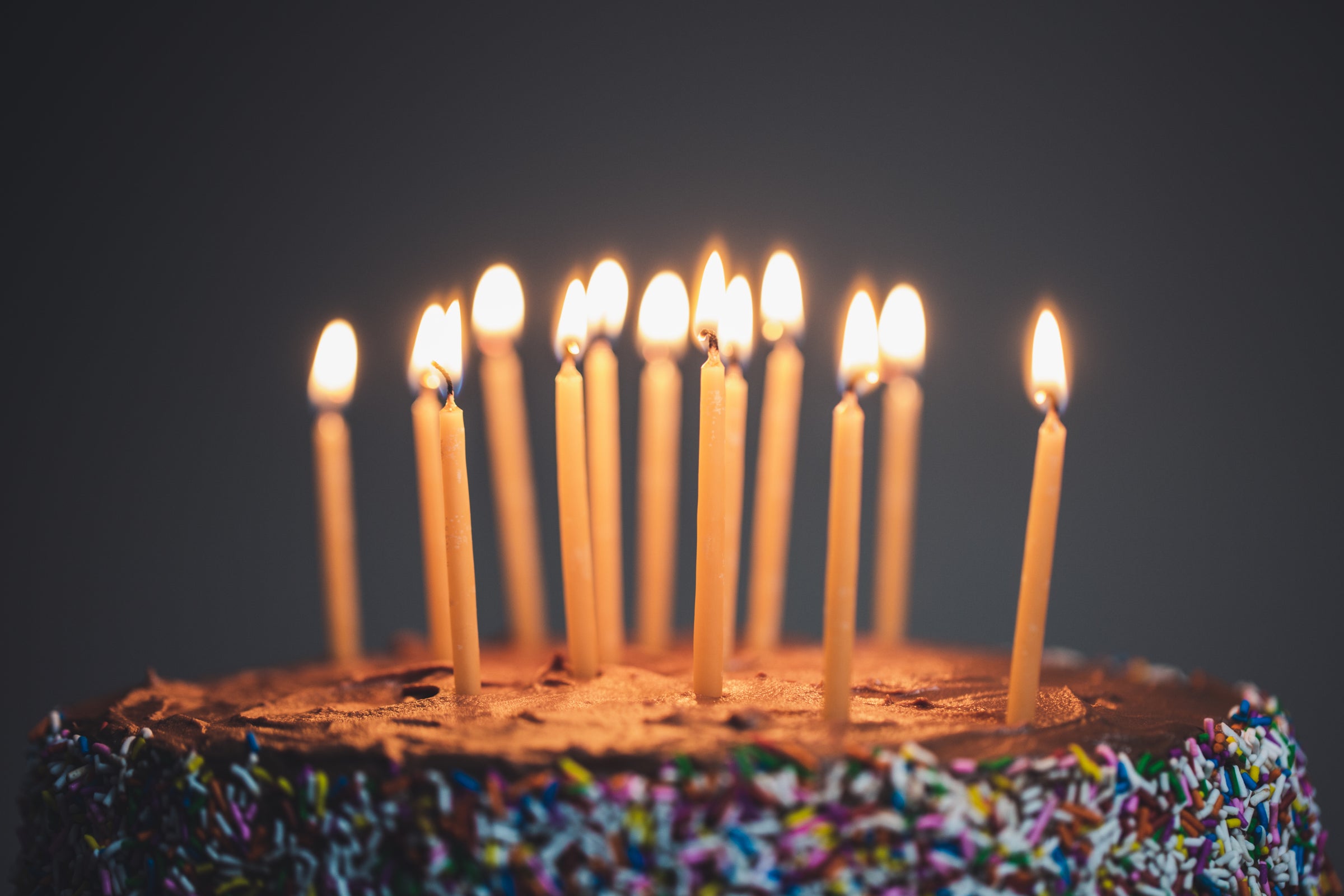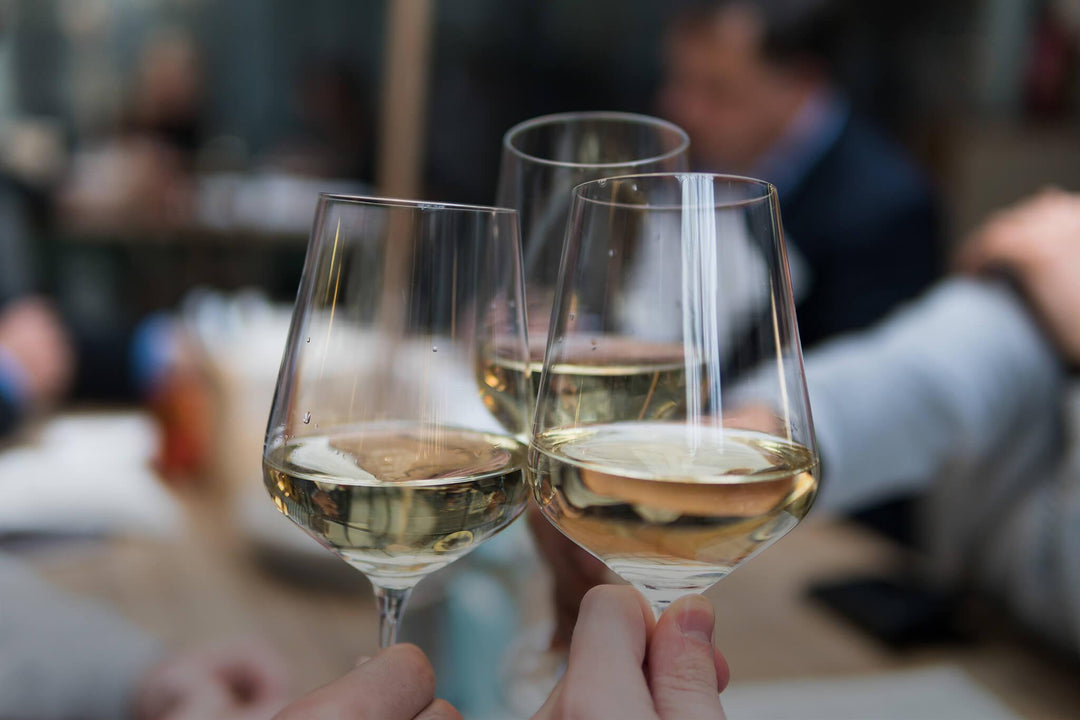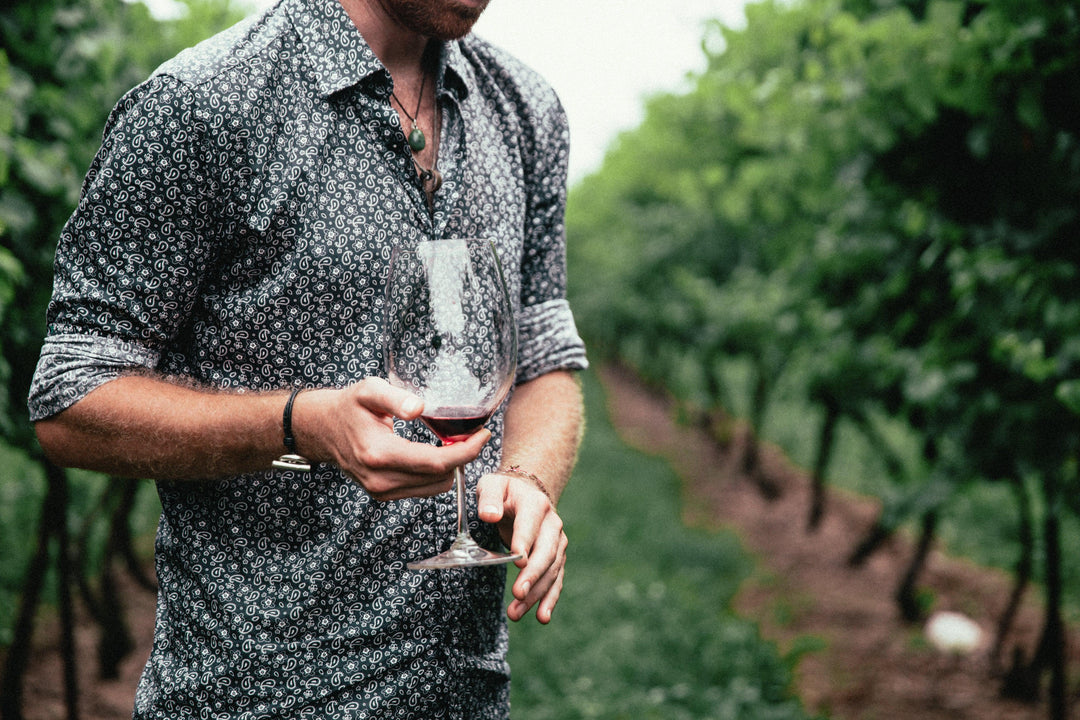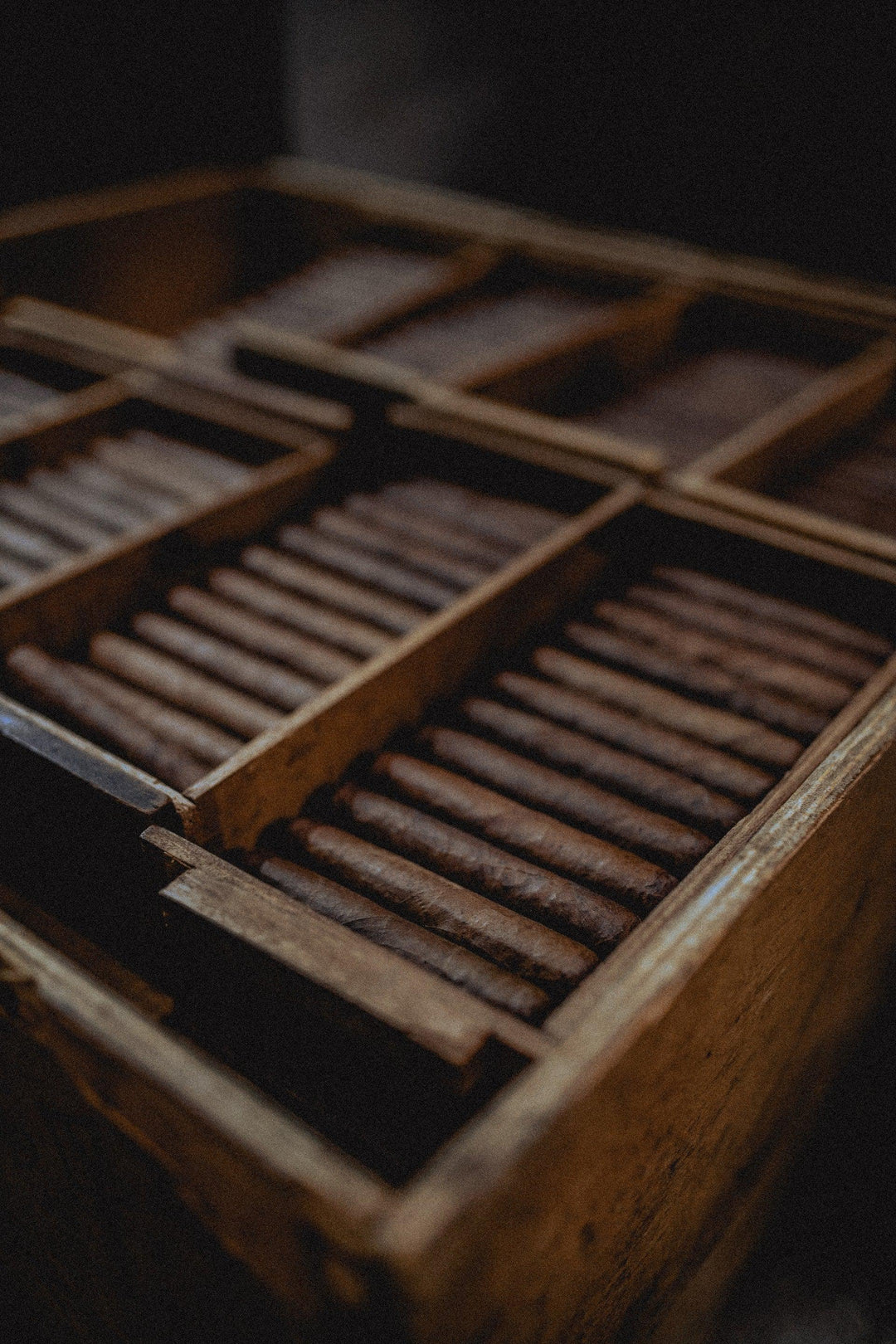Louis de Bélair of Château de Rozier: an interview
 Pouvez-vous nous expliquer ce qui vous a amené à pratiquer ce merveilleux métier de viticulteur ?
Can you explain us what led you to this wonderful job of winemaker?
After ten years working in finance in Lyon, I, Louis Mitiffiot de Bélair, took over my late great-aunt’s farm. I was not born a man of the soil: I had begun a career in business when I took over the property, which was in a sorry state, without running water, electricity or heating. I have had to learn everything for myself, and do it all on a budget because of the considerable expense of purchasing the estate to keep it in the family. On the other hand, I have an exceptional piece of land, with beautiful terraces of pebbles and roundstones that were transported here during the quaternary era by the Rhone and Durance rivers. This ancient mas (the name for a big mansion in the south of France) was built on the site of a Roman villa, and there is an ancient well on the property. Its oldest part dates from 1600, and the main house from 1780-1830. Some trees on the estate are over two hundred years old.
Quels sont pour vous les critères essentiels pour obtenir un grand vin?
Which criteria are for you the most important to obtain a great wine?
To obtain a great wine, you have to choose the right grapes according to the climate and the terroir.
Small yields are absolutely imperative: the yields here don’t exceed 30hl/ha, and for the Mitiffiot cuvee, they are closer to 20hl/ha. You have to be in complete control of the wine from vinification to bottling.
What about the making process?
After checking for ripeness at three separate stages, I start the harvest, by hand and mechanically.
The grapes are destemmed and transferred to thermoregulated stainless steel vats for the Dauphin de Rozier, Louis de Bélair, Galets de Rozier et Château de Rozier wines. For the cuvée Mitiffiot, the grapes are put in a vat for maceration. The two varieties, Grenache and Syrah, are vinified separately as are grapes from the different parcels of land that differentiate Mittifiot, Chateau, and the Dauphin, Louis de Bélair and Galets trio. These three wines are made with the same grapes but with different labels depending on the markets for which they are destined.
The alcoholic fermentation lasts around twelve days and the wines stay on the marc for fifteen days. Then the second fermentation occurs, the malolactic one in epoxy-lined concrete vats. The cuvée Mitiffiot is transferred after fermentation into 228 litre barrels and 500 litre Burgundy hogsheads. It remains in barrels for twelve months on the lees even after the malolactic fermentation. This wine is not drawn off, fined nor filtered.
The wines are bottled after fifteen to eighteen months.
Pour nous mettre l’eau à la bouche, pouvez-vous nous conseiller 2 accords mets/vins?
As far as wine and food matching is concerned, can you suggest a wine and food pairing?
Pigeon stuffed with truffled foie gras accompanied with morels and their juice.
Wild boar fillet with boletus, purple artichokes and sliced vegetables.
The wine should be decanted and served at around 16°C.
Organisez-vous des dégustations? Participez-vous à des foires aux vins régionales ou nationales pour promouvoir vos vins?
Do you organize tastings, or do you take part in regional or national wine fairs to promote your wines?
Développez vous l’oenotourisme sur votre Domaine? Que pensez-vous de cette nouvelle façon de concevoir tourisme et terroir?
Do you encourage oenotourism at your estate? What do you think about the new ways of looking at tourism and terroir?
I welcome tourists all year round at the estate, and organize tastings there. I have a cellar for sales, and just next door, a reception room with full facilities for catering.
When there is not much work to do in the vineyard, I do take part from time to time in fairs or tastings abroad, to help my importers. I have also developed the concept of wine tours to the estate.
I have a bed and breakfast for families or couples who would like to spend some time visiting the countryside. Unfortunately, this place is not suitable for small children for security reasons, not least because of the swimming pool, but Rozier is a calm and quiet place for nature lovers.
Pouvez-vous nous expliquer ce qui vous a amené à pratiquer ce merveilleux métier de viticulteur ?
Can you explain us what led you to this wonderful job of winemaker?
After ten years working in finance in Lyon, I, Louis Mitiffiot de Bélair, took over my late great-aunt’s farm. I was not born a man of the soil: I had begun a career in business when I took over the property, which was in a sorry state, without running water, electricity or heating. I have had to learn everything for myself, and do it all on a budget because of the considerable expense of purchasing the estate to keep it in the family. On the other hand, I have an exceptional piece of land, with beautiful terraces of pebbles and roundstones that were transported here during the quaternary era by the Rhone and Durance rivers. This ancient mas (the name for a big mansion in the south of France) was built on the site of a Roman villa, and there is an ancient well on the property. Its oldest part dates from 1600, and the main house from 1780-1830. Some trees on the estate are over two hundred years old.
Quels sont pour vous les critères essentiels pour obtenir un grand vin?
Which criteria are for you the most important to obtain a great wine?
To obtain a great wine, you have to choose the right grapes according to the climate and the terroir.
Small yields are absolutely imperative: the yields here don’t exceed 30hl/ha, and for the Mitiffiot cuvee, they are closer to 20hl/ha. You have to be in complete control of the wine from vinification to bottling.
What about the making process?
After checking for ripeness at three separate stages, I start the harvest, by hand and mechanically.
The grapes are destemmed and transferred to thermoregulated stainless steel vats for the Dauphin de Rozier, Louis de Bélair, Galets de Rozier et Château de Rozier wines. For the cuvée Mitiffiot, the grapes are put in a vat for maceration. The two varieties, Grenache and Syrah, are vinified separately as are grapes from the different parcels of land that differentiate Mittifiot, Chateau, and the Dauphin, Louis de Bélair and Galets trio. These three wines are made with the same grapes but with different labels depending on the markets for which they are destined.
The alcoholic fermentation lasts around twelve days and the wines stay on the marc for fifteen days. Then the second fermentation occurs, the malolactic one in epoxy-lined concrete vats. The cuvée Mitiffiot is transferred after fermentation into 228 litre barrels and 500 litre Burgundy hogsheads. It remains in barrels for twelve months on the lees even after the malolactic fermentation. This wine is not drawn off, fined nor filtered.
The wines are bottled after fifteen to eighteen months.
Pour nous mettre l’eau à la bouche, pouvez-vous nous conseiller 2 accords mets/vins?
As far as wine and food matching is concerned, can you suggest a wine and food pairing?
Pigeon stuffed with truffled foie gras accompanied with morels and their juice.
Wild boar fillet with boletus, purple artichokes and sliced vegetables.
The wine should be decanted and served at around 16°C.
Organisez-vous des dégustations? Participez-vous à des foires aux vins régionales ou nationales pour promouvoir vos vins?
Do you organize tastings, or do you take part in regional or national wine fairs to promote your wines?
Développez vous l’oenotourisme sur votre Domaine? Que pensez-vous de cette nouvelle façon de concevoir tourisme et terroir?
Do you encourage oenotourism at your estate? What do you think about the new ways of looking at tourism and terroir?
I welcome tourists all year round at the estate, and organize tastings there. I have a cellar for sales, and just next door, a reception room with full facilities for catering.
When there is not much work to do in the vineyard, I do take part from time to time in fairs or tastings abroad, to help my importers. I have also developed the concept of wine tours to the estate.
I have a bed and breakfast for families or couples who would like to spend some time visiting the countryside. Unfortunately, this place is not suitable for small children for security reasons, not least because of the swimming pool, but Rozier is a calm and quiet place for nature lovers.



